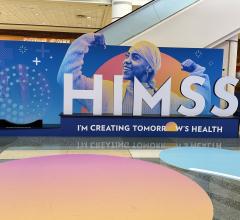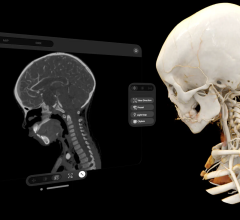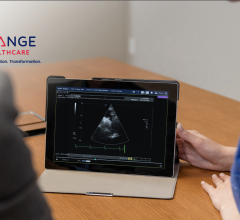
A comparison of HIMSS Analytics data from September 2011 to December 2011 suggests that a number of hospital segments showed increased capability to achieve Stage 1 of meaningful use. These hospital segments include:
- academic medical centers;
- general medical/surgical hospitals;
- hospitals with 400 to 499 licensed beds;
- hospitals with 500 or more licensed beds;
- urban hospitals;
- multi-hospitals; and
- hospitals at Stage 5, 6 and 7 on the HIMSS Analytics Electronic Medical Record Adoption Model, known as the EMRAM.
The hospitals in these seven categories typically demonstrate information technology (IT) adoption that outpaces their peers, a segment that also includes hospitals at Stage 6 or Stage 7 on the EMRAM. Thus, as hospitals prepare to meet Stage 1 of meaningful use, HIMSS Analytics also reports an increase in the number of hospitals in 2011 at Stage 6 and Stage 7 on the EMRAM model. As noted in the report, with “the most recent data, slightly more than five percent of U.S. hospitals have achieved Stage 6 on the EMRAM model, with an additional 102 hospitals achieving Stage 6 in 2011. The percent of hospitals achieving Stage 7 has likewise increased, from 0.8 percent to 1.2 percent.”
These and other hospitals are collecting their incentive payments; the Centers for Medicare and Medicaid Services (CMS) distributed $2.5 billion in incentive payments through the end of December 2011.
In term of hospital readiness to reach Stage 1 of meaningful use, the HIMSS Analytics data indicated 60 percent of hospitals with more than 500 beds reported being ready or most likely to achieve Stage One. By comparison, only 20 percent of hospitals with under 100 beds were ready or most likely to achieve Stage One.
“Hospitals continue to move forward to meet Stage 1 of meaningful use, especially in these categories highlighted in the report. We also found similar trends in hospitals reaching Stage 7, which is a totally paperless environment on the EMRAM,” said John P. Hoyt, FACHE, FHIMSS, executive vice president of organizational services for HIMSS. “Just over five percent of U.S. hospitals have achieved Stage 7 on the EMRAM model, with an additional 102 hospitals achieving Stage 6 in 2011. The percent of hospitals achieving Stage 7 has likewise increased, from 0.8 percent to 1.2 percent.”
In addition, the overall data included in the December 2011 report showed a one percent decrease from what was reported in September 2011, with a decrease from 10 percent to nine percent in hospitals reporting the capability to meet all 14 core items, and at least five of the 10 menu measures, required to meet Stage 1 of meaningful use. Also, the data in December 2011 represents a new sample of the market, not an update of the data reported in September 2011. Yet the growth reported in the seven hospital segments noted earlier signals the ongoing movement by hospitals to reach Stage 1 of meaningful use.
The hospitals reporting in this survey also lag in maintaining or conducting a security risk analysis; although hospitals at a higher level of sophistication for health IT implementations are more likely to complete this analysis. Just 25 percent of hospitals answered yes to the following question: “Does your hospital protect electronic health information created or maintained by your EHR by conducting and reviewing a security risk analysis per 45 CFT 164.308 (a)(1) and implementing security updates as necessary and correcting identified security deficiencies as part of its risk management process?” However, just more than 50 percent of academic medical centers, and hospitals at Stage 6 or Stage 7 on the EMRAM model, in the survey reported having this capability.
This report is the second in a quarterly series evaluating the readiness of U.S. hospitals to qualify for incentive payments. Subsequent reports will explore areas in which the industry has made significant progress. The December 2011 report is based on responses from 585 hospitals tracked by HIMSS Analytics in its database.
For more information: www.himssanalytics.org


 May 01, 2024
May 01, 2024 









